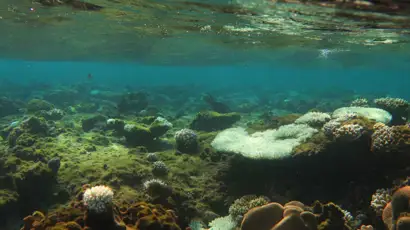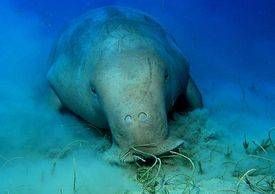The S.S. Thistlegorm and the Rosalie Moller were first in this dedicated intervention in 2007 and 2008, respectively. Conservation work on the former, probably the most famous wreck in Red Sea, stirred up a hornet’s nest that resulted in huge hype and extended exposure in the international diving media. It has not been easy to realize the preservation plan, nor to make it universally understood: “Many dive operators consider the closure unpractical. However, the fact remains we are losing this wreck.” said Amr Ali in response to some critics from part of the diving industry.
Despite the initial discontent generated, all interventions made on the wrecks were considered as urgent and necessary and for this reason HEPCA continued. The eventual situation was a collective commitment, with diving centers offering help and providing facilities to make the work happen.
The conservation operation commenced with a detailed assessment of the status of the wreck: including its structure, position and inclination but also its popularity and accessibility. Following this, target action plans were promoted, appropriate mooring systems were installed and air-escape outlets strategically drilled into the wreck. Precise information was given to the operators concerning the proper use of the mooring lines whose efficiency plays a major role in the success of the operation.
The HEPCA Mooring team, supported Red Sea Explorers and blue o two, was in charge of the installation of a brand new buoy mooring system, composed of a total of 32 lines, each with separate ascent and descent lines, and the drilling of air-escape outlets.
Over a period of test weeks, most diving operators expressed their satisfaction with the new system. However, over the following three months that passed, around half the lines were damaged: a normal consumption rate for a site with this level of exploitation and exposed to these particular adverse environmental conditions.
The vessel operators highlighted the possibility to further enhance the system to increase safety and ease of use. A consultative meeting was held on the 24th February in Sharm El Sheik with managers of several dive centers and representatives of the CDWS and SSDM gathered with Amr Ali from HEPCA to review the system and discuss possible improvements. That day, the ‘Miky System’ was proposed; named after its designer Miky Clark, from Camel dive centre.
Interventions were made to enhance the mooring system, to make it more resistant and reduce possible mechanical tension on the wreck. In addition, it was agreed that boats, in order to use the mooring system, should also throw an anchor from the stern. This extra stability should help to ensure the lines do not become shredded by rubbing against the structure of the wreck in wind and strong currents.
In June 2008 attention was turned to the wreck of the Rosalie Moller. Sadly, this iconic Red Sea wreck suffered considerable damage over the last few years.
HEPCA undertook further assessment and proceeded with an installation of a mooring system to protect the fragile wreck from impending damage. Due to the depth of the wreck, technical divers were involved to carry out the work. The HEPCA mooring team was supported, once again, by the divers from Red Sea Explorers and blue o two, as well as Diving Attitude amongst others. Conventional moorings were not possible due to the depth and conditions of the wreck; therefore, a system of wires and ropes attached to the structure was arranged.
Subsequently designated dive centers in the area oversee the mooring system to ensure its proper usage.





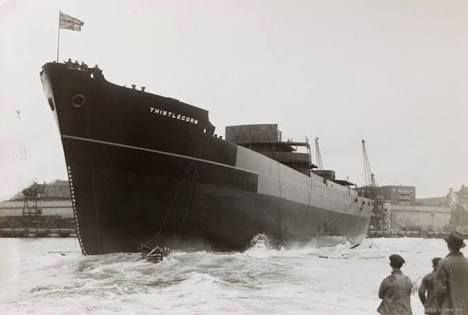
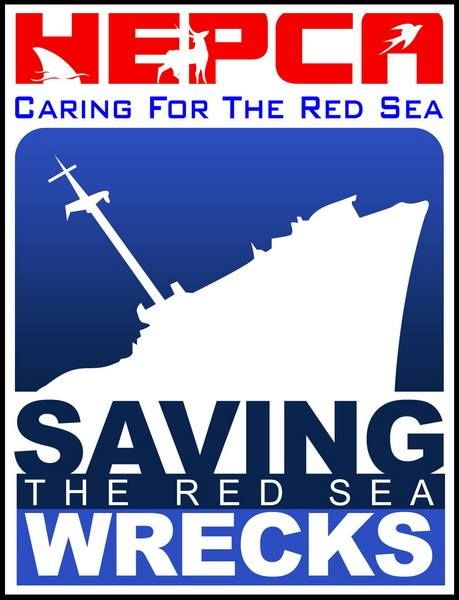

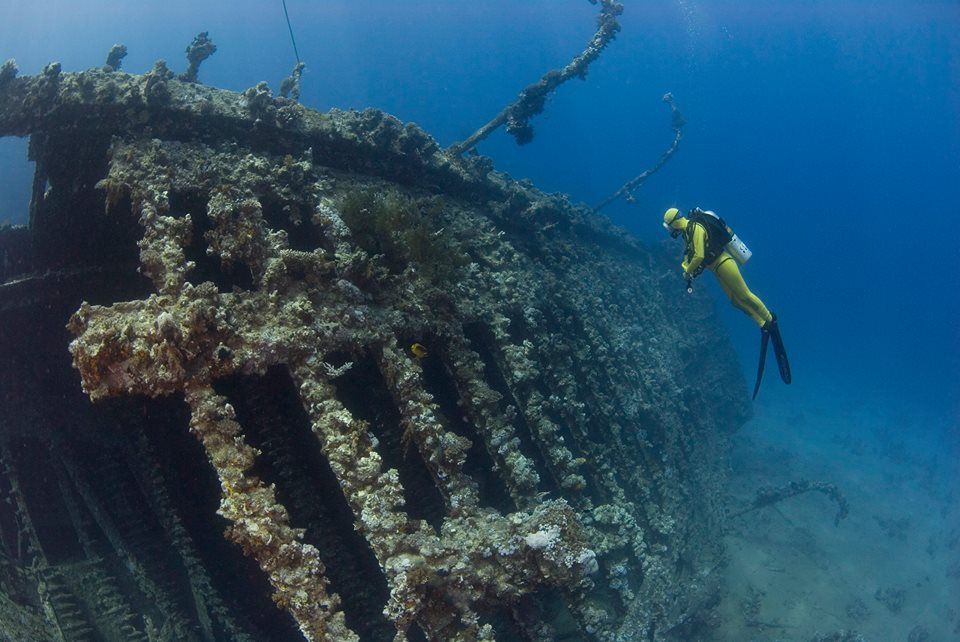

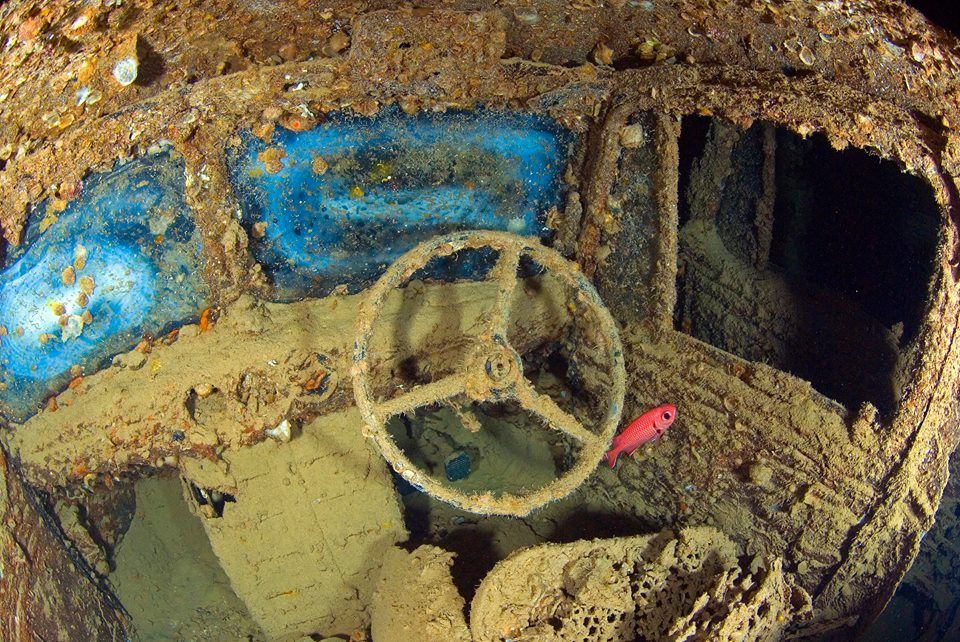
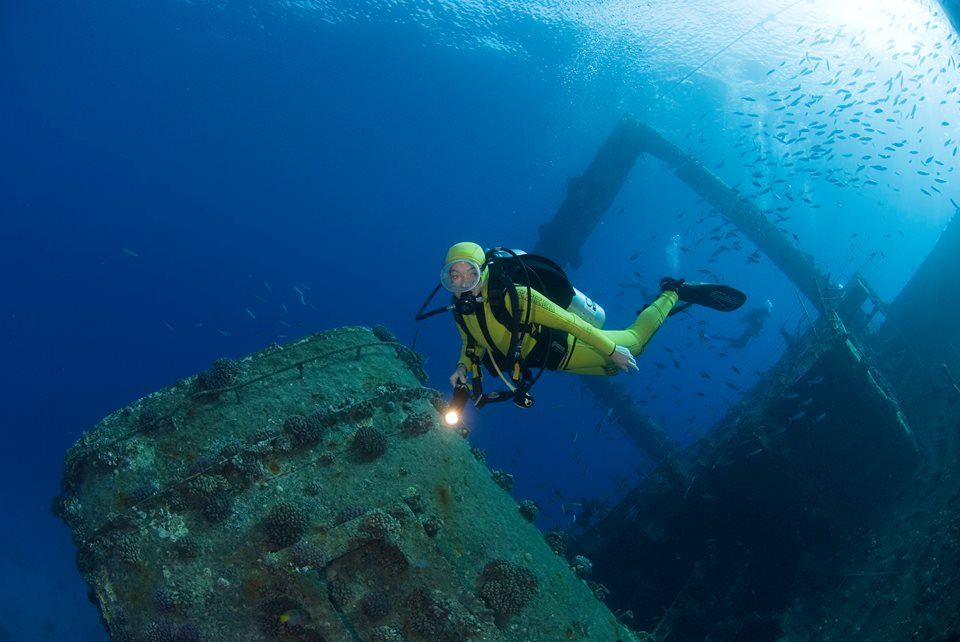

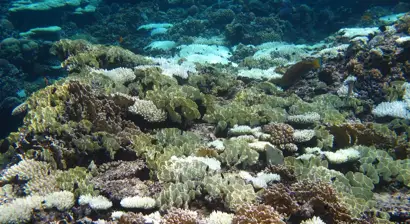
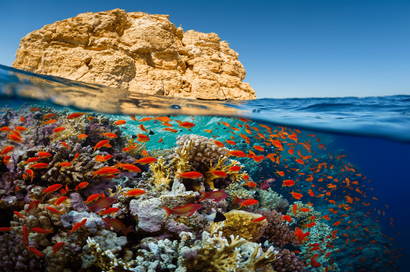
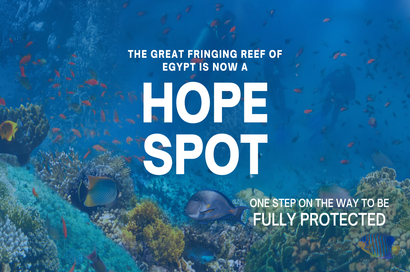
 - frame at 0m12s_lg.webp)
